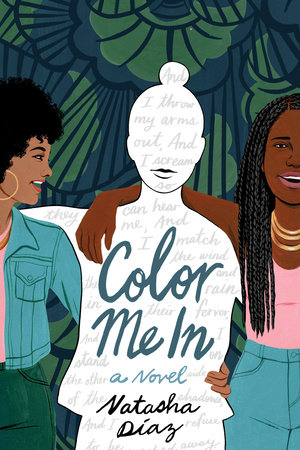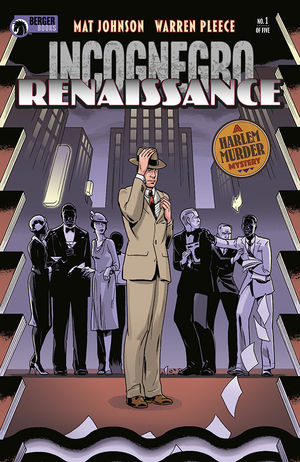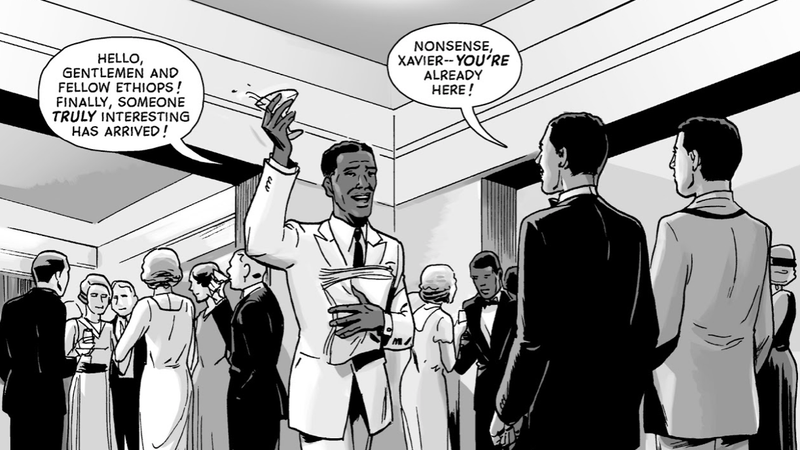Uptown Girls
Sunday Book Review
The New York Times
2013-09-22
Martha A. Sandweiss, Professor of History
Princeton University
Miss Anne in Harlem: The White Women of the Black Renaissance, by Carla Kaplan Illustrated. 505 pp. Harper.
Time hasn’t been kind to the white women who participated in the Harlem Renaissance. As philanthropists and activists, authors and patrons, they sought a place for themselves in that remarkable outpouring of African-American art during the 1920s and ’30s. Some, constrained by social expectations, effaced the records of their work. Others made it difficult for historians to treat them with much seriousness. What, after all, can we do with someone like Nancy Cunard, a British steamship heiress raised on a remote English estate, who felt no shame in proclaiming “I speak as if I were a Negro myself”?
“Miss Anne” — the dismissive collective name given to white women — makes bit appearances in the literature of the era as a dilettante or imperious patron; later, she’s depicted as a thrill-seeking “slummer.” Always, she lurks in the shadows of her male counterparts in scholarly studies of the movement. But she was there, encouraging writers, underwriting cultural institutions, supporting progressive political causes. And many leading Harlem Renaissance figures — including Langston Hughes, Alain Locke and Nella Larsen — had reason to be grateful to her. At least for a while. Like everything else about Miss Anne, those relationships got complicated…
…The book is full of fresh discoveries. Kaplan learns that Lillian Wood, author of the radical 1920s anti-lynching novel “Let My People Go,” was actually white, not black, as other scholars have imagined…
…But the focus of the book remains squarely on the larger issues of racial identity raised by Miss Anne’s deep personal identification with African-American life. Miss Anne wanted to suggest that race was a constructed ideal, yet she stumbled over the internal contradictions of her impulses. She fought against racial essentialism and the perverse logic of America’s one-drop rule, which proclaimed that even a trace of African heritage made one black, but she also celebrated the seeming vitality and distinctiveness of black culture. Josephine Cogdell Schuyler wrote in her diary the night before her wedding: “To my mind, the white race, the Anglo-Saxon especially, is spiritually depleted. America must mate with the Negro to save herself.” In a similar expression of romantic racialism, the philanthropist Charlotte Osgood Mason lauded “the creative impulse throbbing in the African race.” As Kaplan suggests, white men could sometimes get away with ideas like this; a dose of black culture offered a useful inoculation against the debilitating sterility of the industrial world. But white women who sought an intimate connection with African-American life were seen as traitors to the race, even sexual deviants.
What was race anyway? That’s the big question Miss Anne’s actions raised. If race was simply a myth or fiction, could one reimagine racial identity as something based on affiliation rather than blood? Some of the writers of the Harlem Renaissance asked much the same thing. In Nella Larsen’s “Passing” and James Weldon Johnson’s “Autobiography of an Ex-Colored Man,” for example, light-skinned protagonists of African-American heritage successfully pass as white, demonstrating that racial identity could hinge on voluntary association and careful self-presentation. Their radical acts blur the color line and expose the absurdity of the one-drop rule. Approaching the color line from the other side, Miss Anne reframed the issues. If race wasn’t determined by biology, why couldn’t a white woman feel black? Why couldn’t she repudiate her own culture to embrace another?…
Read the entire article here.






